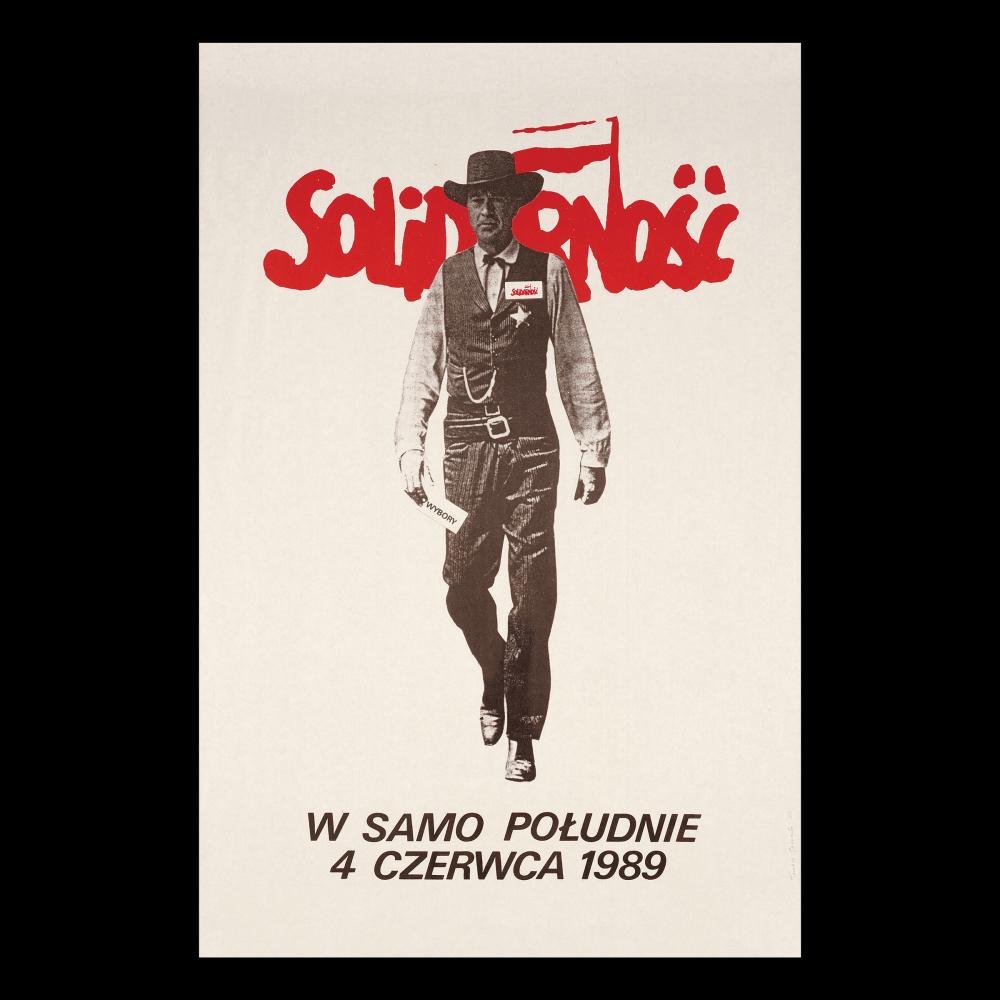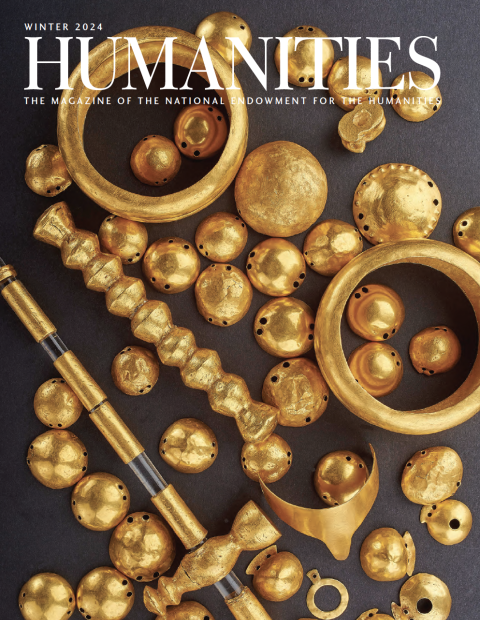In the 1952 western High Noon, Gary Cooper starred as Will Kane, the marshal of Hadleyville, New Mexico Territory, who postpones his retirement to confront a band of outlaws.
To stand against the criminals, Kane turns to his neighbors for help, but all reject him, too afraid or corrupted to assist. In the end, Kane is forced to stand alone—the only man of principle in a town consumed by apathy and dishonesty. Written by Carl Foreman, a screenwriter once affiliated with the Communist party, the film was intended as a biting allegory of 1950s Hollywood in the thrall of McCarthyism, with Kane representing blacklisted artists, and the townspeople as colleagues unwilling to fight the Red Scare.
Though rooted in mid-century American politics, the fame of High Noon turned its protagonist into a global emblem of moral fortitude. For Tomasz Sarnecki, born in 1960s Poland, the honorable Kane resonated as a symbol of the fight against state socialism. In the lead-up to the June 1989 elections, Sarnecki, then a twenty-three-year-old design student, used the imagery of High Noon to urge Poles to vote the anti-communist Solidarność (“Solidarity”) ticket. In the center of the poster, Sarnecki reproduced an image of Cooper as Kane, placing a small badge above his marshal’s star and a ballot in his right hand. At the top of the poster, he placed the bold red Solidarność logo; at bottom, in black text, he inserted the call to action: “High Noon for Poland June 4, 1989.”
The eye-catching design and succinct messaging led Sarnecki’s teacher to share the poster with a Solidarity organizer, who made it an official campaign poster. On the eve of the election, the steely gaze of Will Kane stared down at prospective voters from walls and lampposts across Poland, helping fuel the party’s monumental victory. Presented in “Imagined Wests”—an NEH-supported exhibition about Western narratives at the Autry Museum in Los Angeles—the poster is a testament to the influence and versatility of the Western genre.


